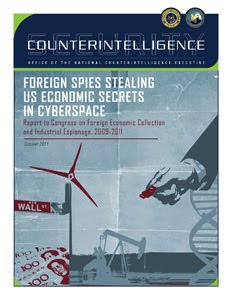National Public Radio Talks Chinese Digital Espionage

When an organization like National Public Radio devotes an eleven minute segment to Chinese digital espionage, even the doubters have to realize something is happening. Rachel Martin's story China's Cyber Threat A High-Stakes Spy Game is excellent and well worth your listening ( .mp3 ) or reading time. Rachel interviews three sources: Ken Lieberthal of the Brookings Institution, Congressman Mike Rogers (chairman of the House Intelligence Committee), and James Lewis from the Center for Strategic and International Studies. If you listen to the report you'll hear James Lewis mention "a famous letter from three Chinese scientists to Deng Xiaoping in March of 1986 that says we're falling behind the Americans. We're never going to catch up unless we make a huge investment in science and technology." James is referring to the so-called 863 Program (Wikipedia). You can also read directly from the Chinese government itself here , e.g.: In 1986, to meet the gl




